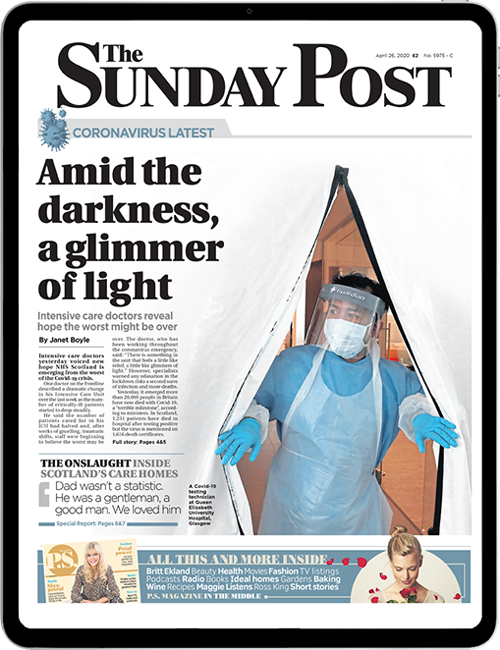
A proposal to introduce speed limits across the whole of Germany’s autobahn network is set to be rejected.
Speaking to reporters in Berlin, government spokesperson Steffen Seifert suggested the country would not be looking to restrict the famously de-restricted roads in the foreseeable future, saying: “There are more intelligent control mechanisms than a general speed limit”.
A leaked report from a government-appointed task force to find ways to reduce the country’s carbon emissions to meet EU emissions suggested a 130km/h (81mph) limit would be announced in a finalised proposal due at the end of March. Speaking to German publication Bild am Sonntag, the country’s transport minister, Andreas Scheuer, said the idea “goes against all common sense”.
He added: “Whoever wants to drive 120 can drive 120, and those who want to go faster can do that too. Why this constant micromanagement?”
While the majority of the autobahn network is without enforced speed limits — with only around 10 per cent using variable speed limit systems — there is an advisory 130km/h (81mph) limit on a large proportion of its roads. Although it is not an offence to exceed this, greater liability can be held against drivers who do in the event of an incident.

Enjoy the convenience of having The Sunday Post delivered as a digital ePaper straight to your smartphone, tablet or computer.
Subscribe for only £5.49 a month and enjoy all the benefits of the printed paper as a digital replica.
Subscribe